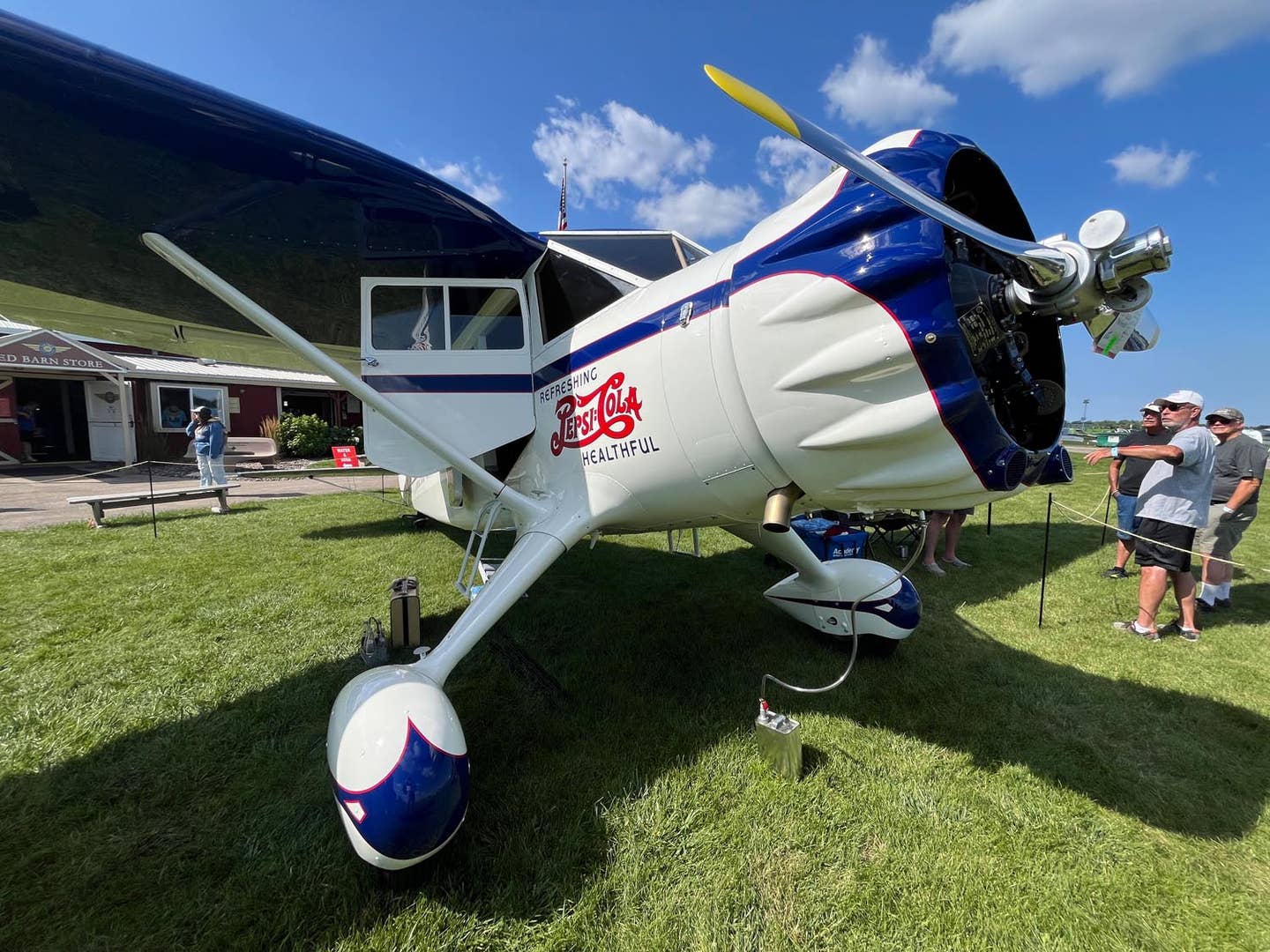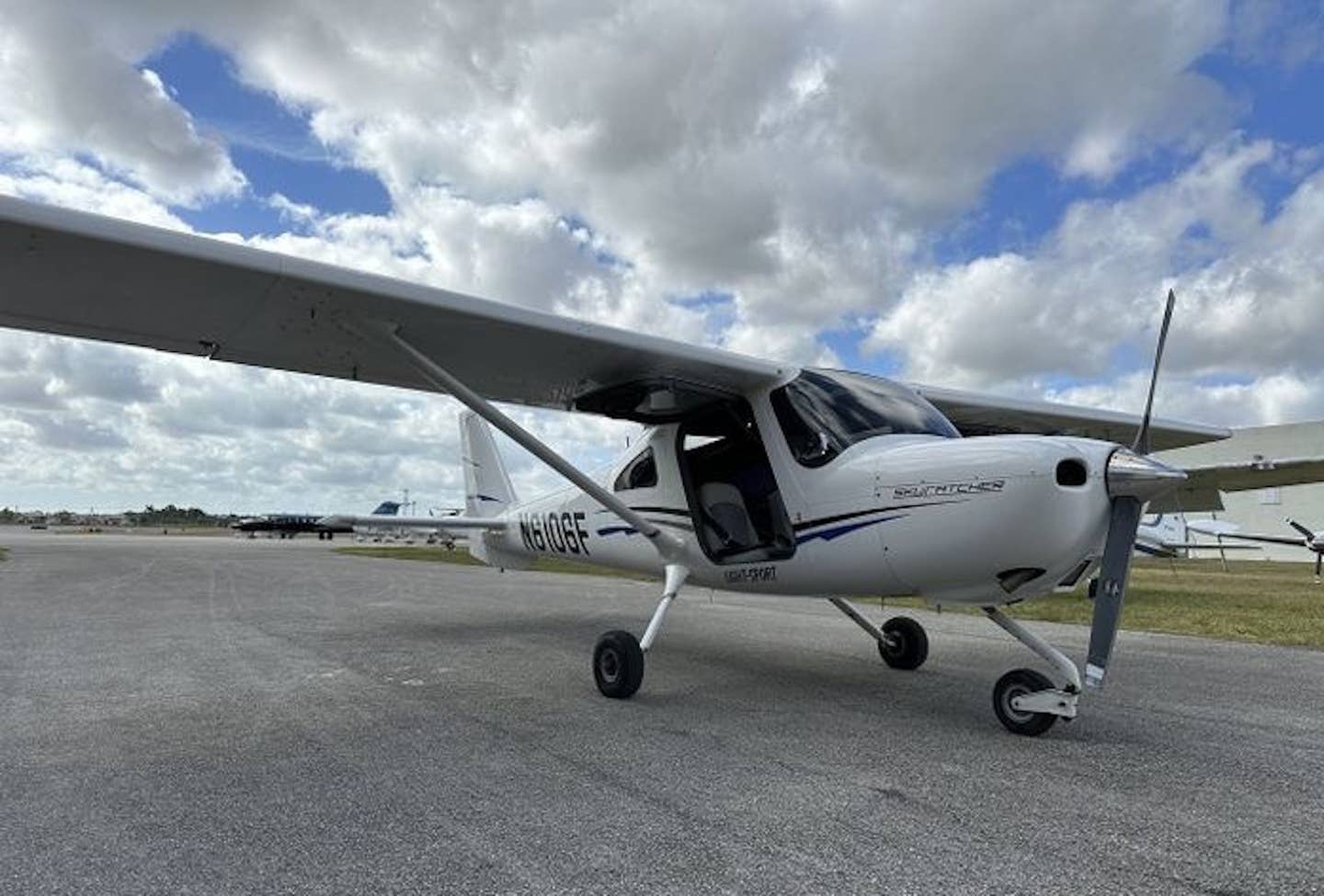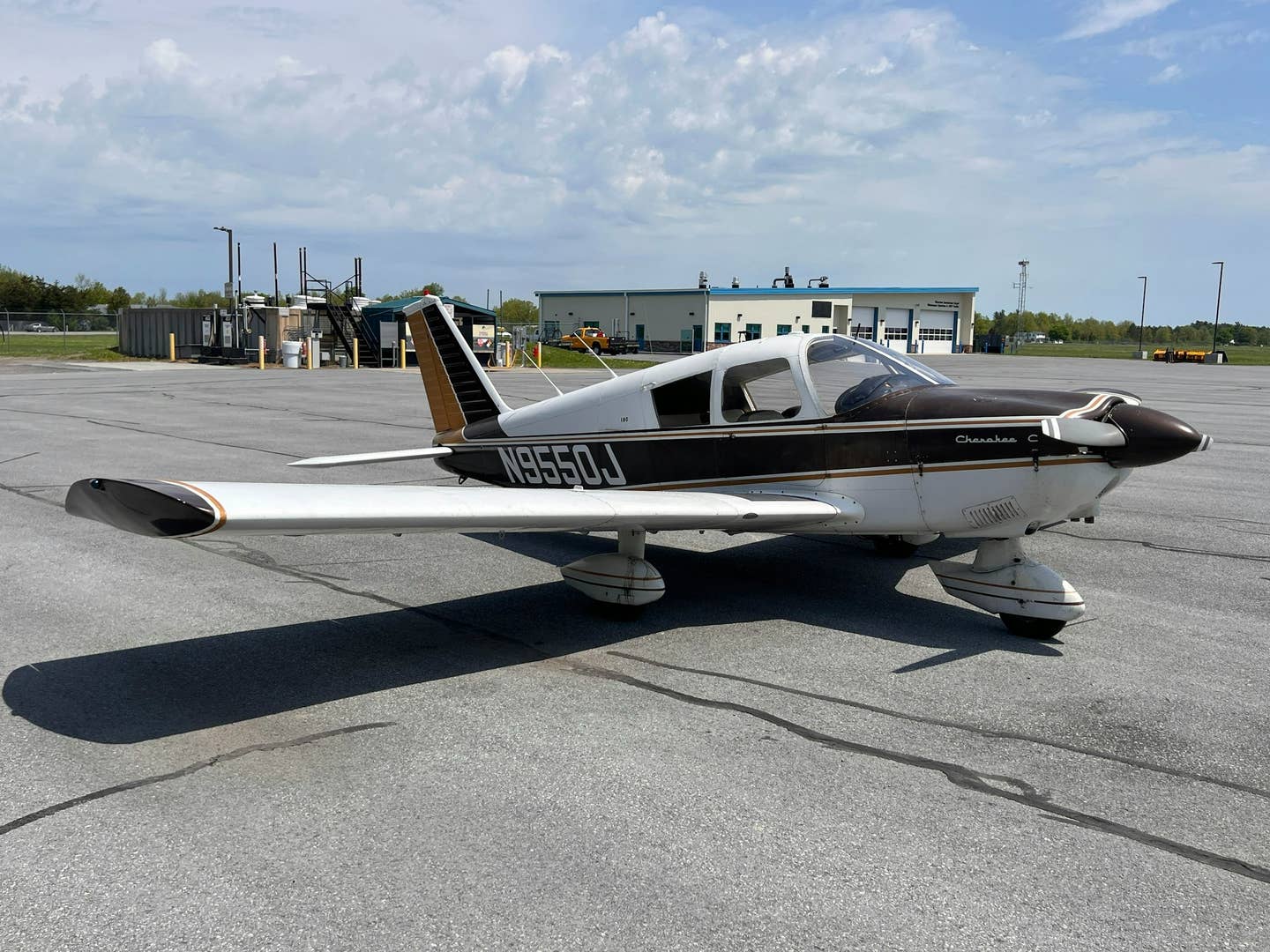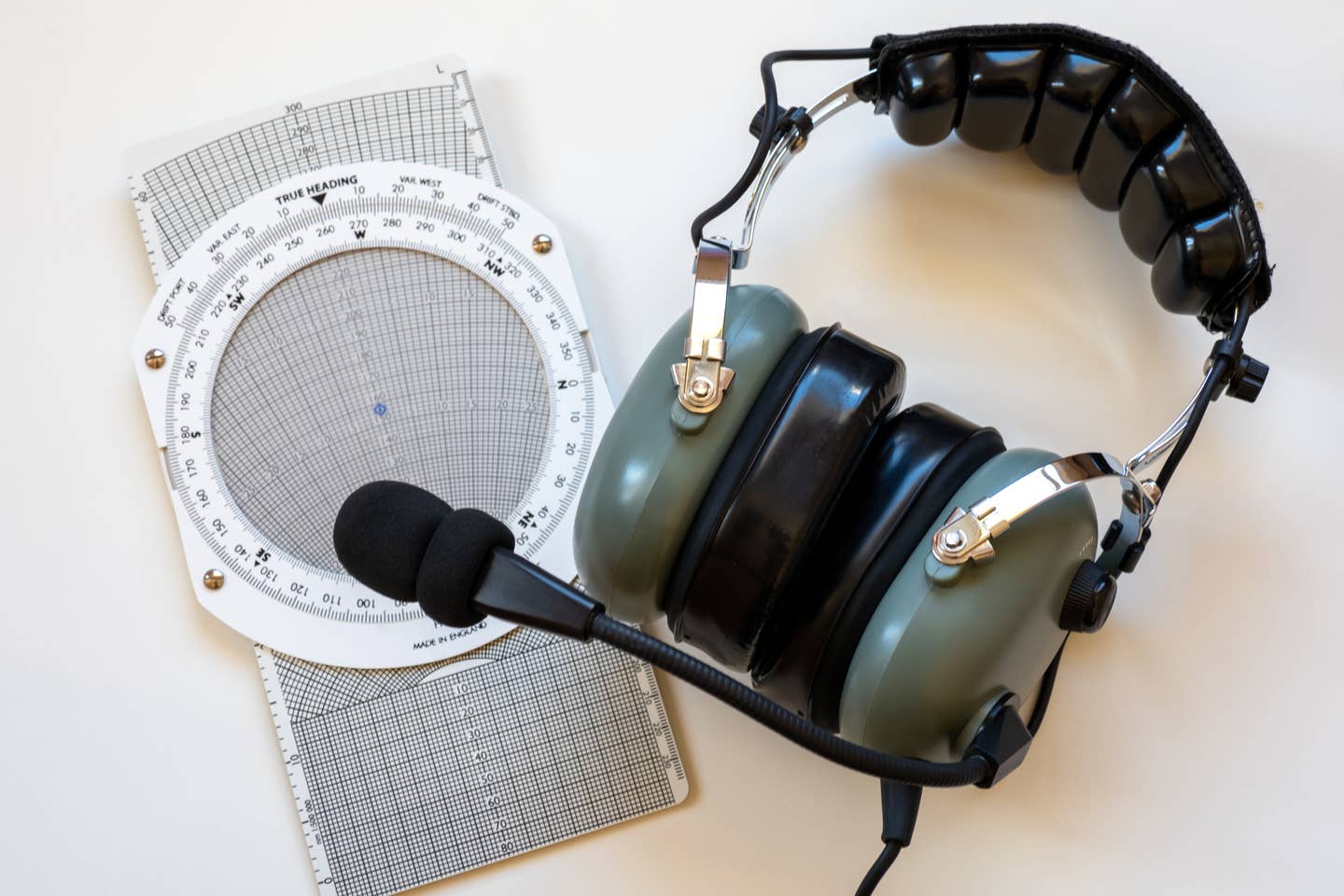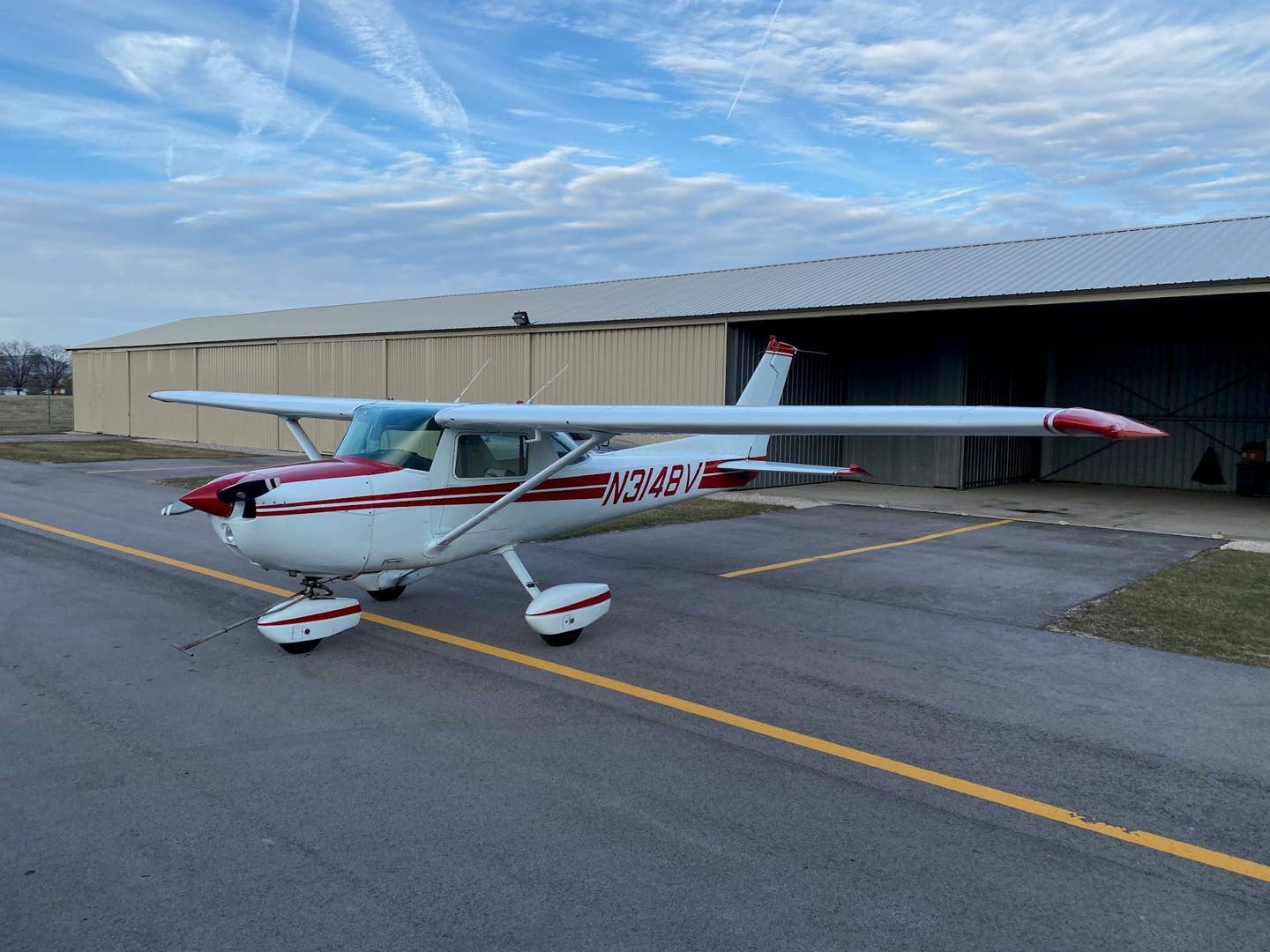Inaugural Spring Proficiency Class in Oshkosh April 24 through 28
With the return of spring, they start making plans to increase their flying and that often means getting the rust off their IFR skills. A lucky few are doing so…
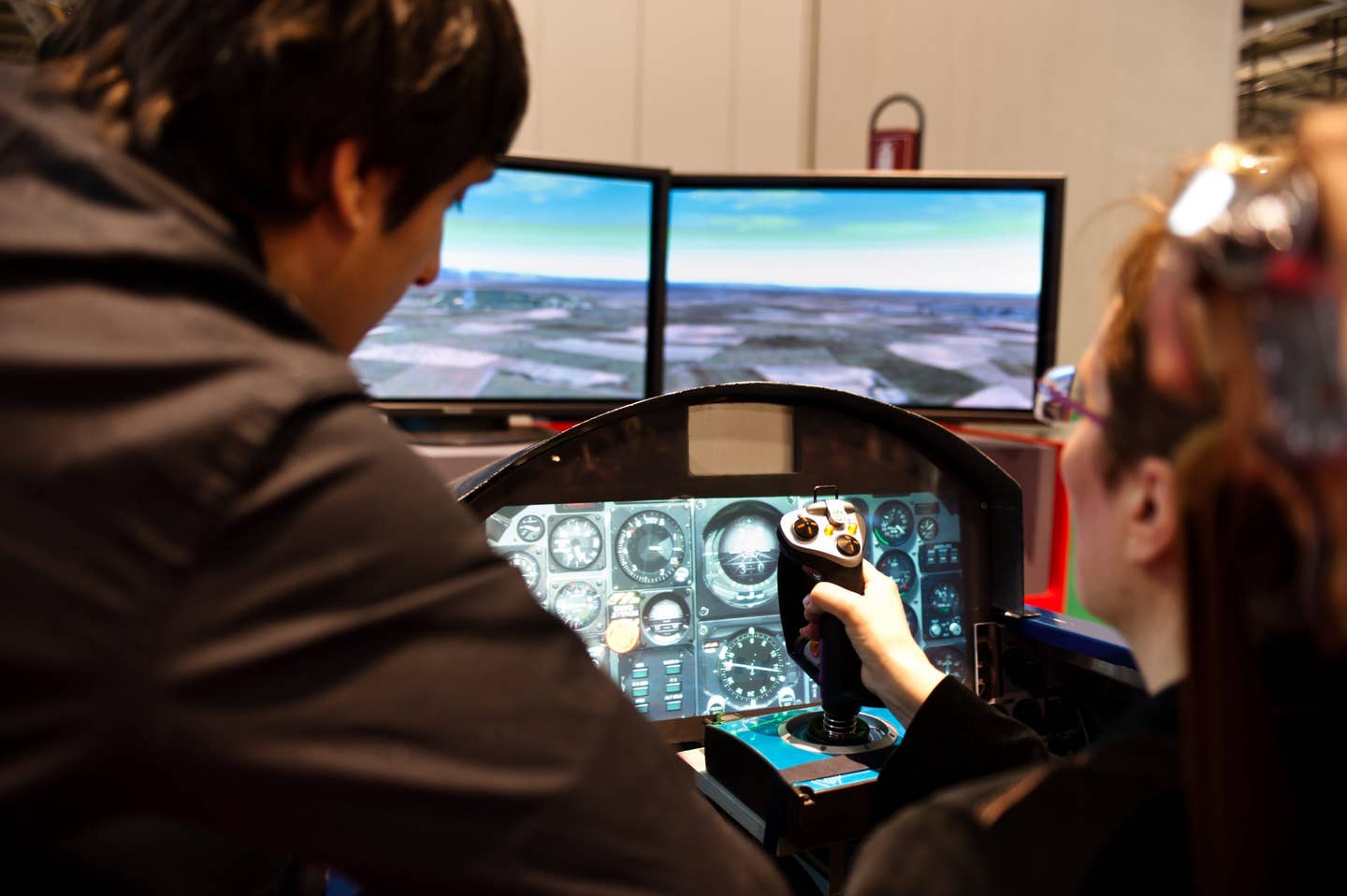
[credit: Shutterstock]
With the return of spring, they start making plans to increase their flying and that often means getting the rust off their IFR skills.
A lucky few are doing so as part of the inaugural Spring Proficiency class, an immersive proficiency clinic for instrument rated pilots slated for April 24 through 28 at the EAA Pilot Proficiency Center. The center, located in Oshkosh, Wisconsin, opened in its new location last summer. Learning will take place through scenario-based training and the use of 12 Redbird LD advanced aviation training devices configured as Cessna 172s.
The trainees will brief the scenarios, file as they would ‘real world’ and fly them virtually.
The flight instructors for the event have been recruited from the Society of Aviation and Flight Educators and the National Association of Flight Instructors. Several have served as instructors during the Pilot Proficiency Center held during EAA AirVenture, and some helped create the scenarios that are being used for the course. For example, I had the opportunity to create the Pacific Northwest scenario based on my experience working with IFR candidates.
Class size is limited. The ratio of clients to instructors will be 2:1 to encourage focus, optimum learning, and individualized attention.
There are two classes, April 24 through 26, and April 26 through 28.
About the Missions
The flight simulation exercises and scenarios have been designed specifically for the Spring to Proficiency clinic. The missions emphasize procedures and decision-making and include dynamic weather, enhanced scenery, and live ATC and traffic through the PilotEdge network.
Spring to Proficiency was developed through the technical efforts of Billy Winburn, president of Community Aviation, and Jason Archer, curriculum developer and Gold Seal Instructor who oversaw the creation of scenarios in concert with area experts.
“There are over a dozen sim scenarios set in three areas of the country: Pacific Northwest, Greater Denver, and Southern California. We’ve worked with local experts to get a realistic reflection of the contemporary environment. Each scenario is set in late April to correlate with the time of the actual clinic,” said Winburn.
“Spring to Proficiency is a Community Aviation program clinic,” he continues. “We’ve developed the syllabus, custom flight simulation exercises and scenarios and instructors (CFI’s). The EAA has provided its own support [along with] sponsorship from Boeing. Most of the CFIs have been recruited from the Oshkosh area while other instructors are veterans of the PPC in past years. They are familiar with the venue and the Redbird flight simulation training system.”
According to Winburn, trainees who seek a complete instrument proficiency check will have the opportunity to complete the process in a Cessna 172.
“Trainees will have completed all of the requirements for an IPC in the sims at the clinic, short of an approach with a circle to land,” Winburn said. “This maneuver will be among the flight activity in the hour-long flight in a 172 with an instructor from Pilotsmith out of Green Bay.
“Flights will be available to clinic attendees Wednesday and Friday afternoons, at the conclusion of each clinic respectively,” he added.
At the conclusion of the event, the scenarios will remain on the AATDs at the EAA facility and will be available for trainees on demand.
“We are presently refining a system where folks can purchase the syllabus on-line and then schedule time with an instructor, qualified to teach it, and meet them there to fly the program. We also plan to expand the offering to select flight training centers around the country.” says Winburn, adding that other clinics are in development at the EAA PPC addressing other aspects of aviation such as mountain flying and weather and one based on Rich Stowell’s “Nine Principles of Light Aircraft Flying.”

Subscribe to Our Newsletter
Get the latest Plane & Pilot Magazine stories delivered directly to your inbox

